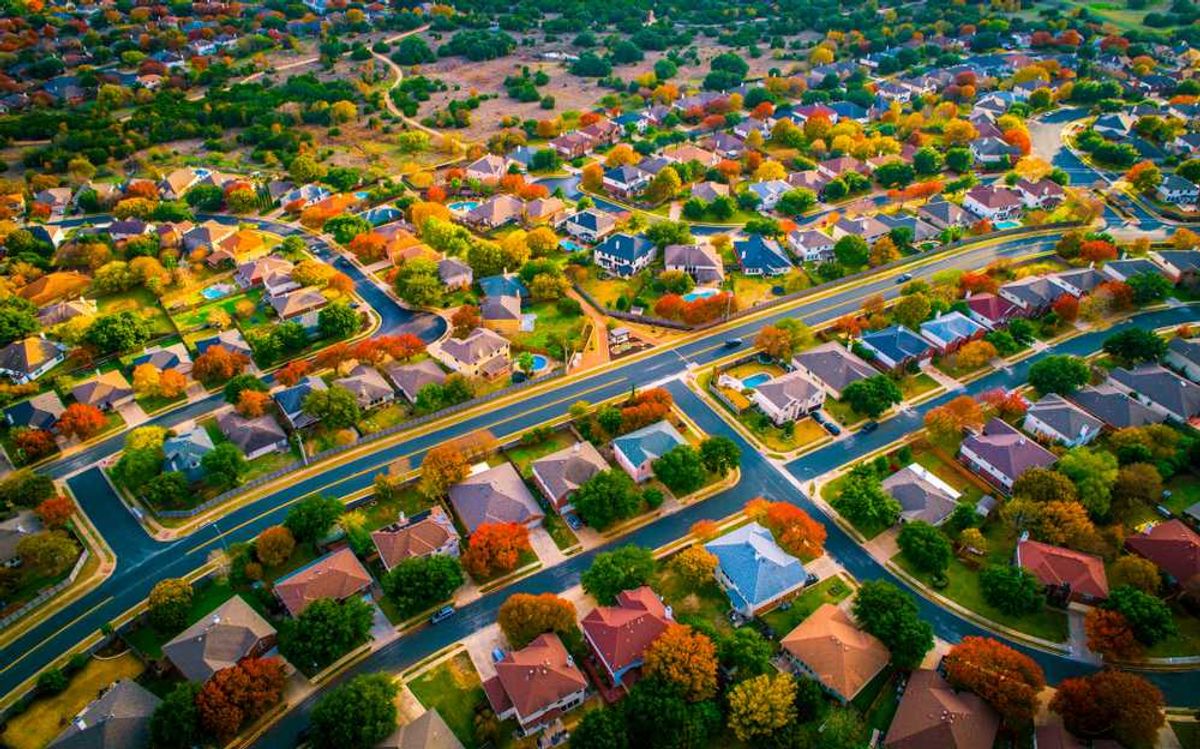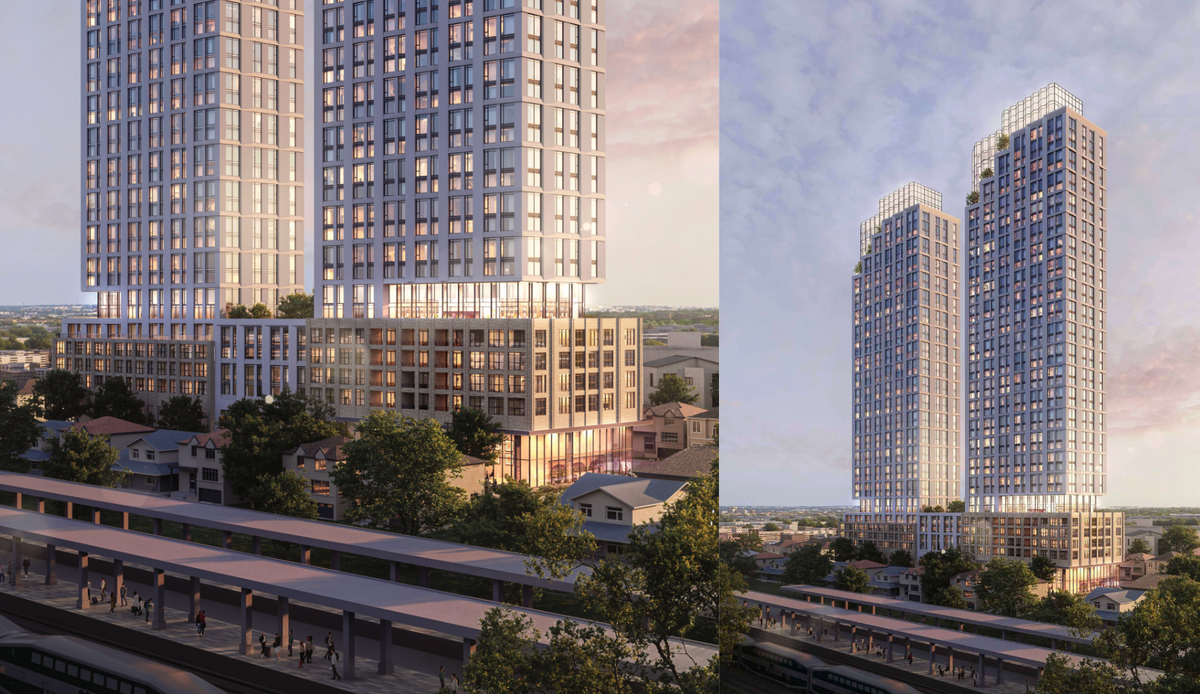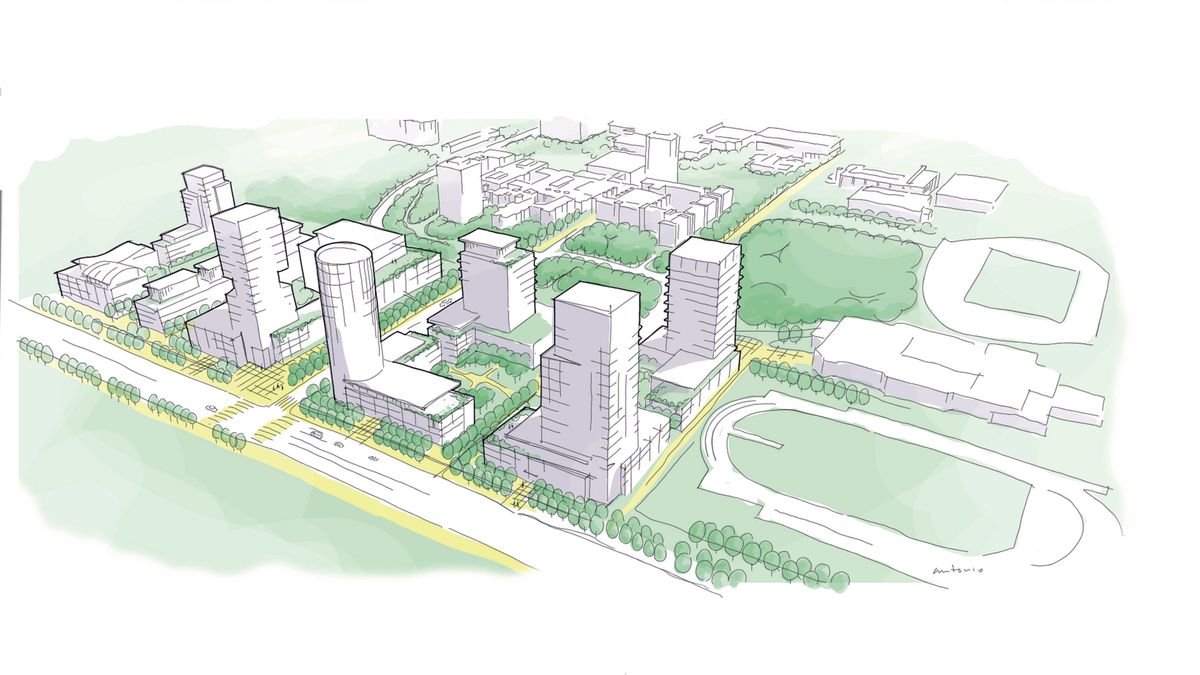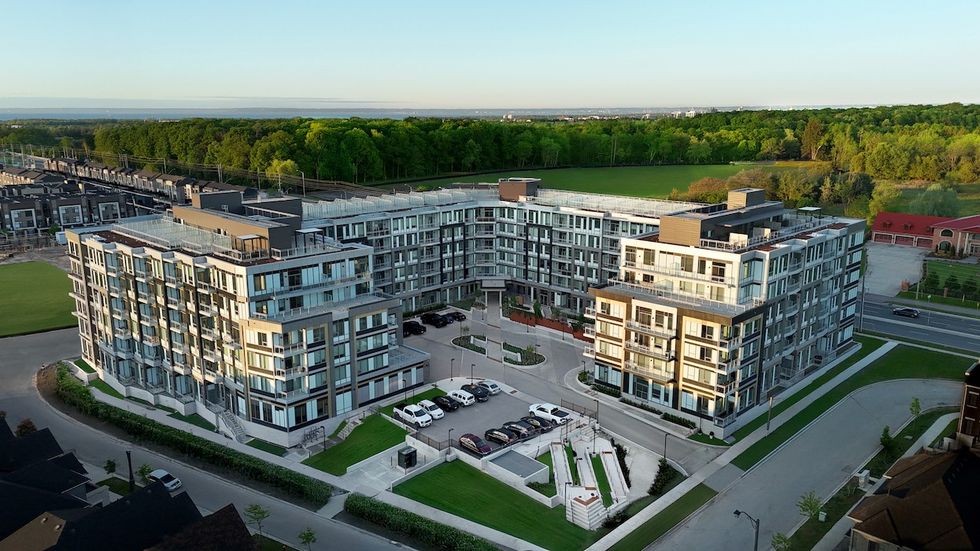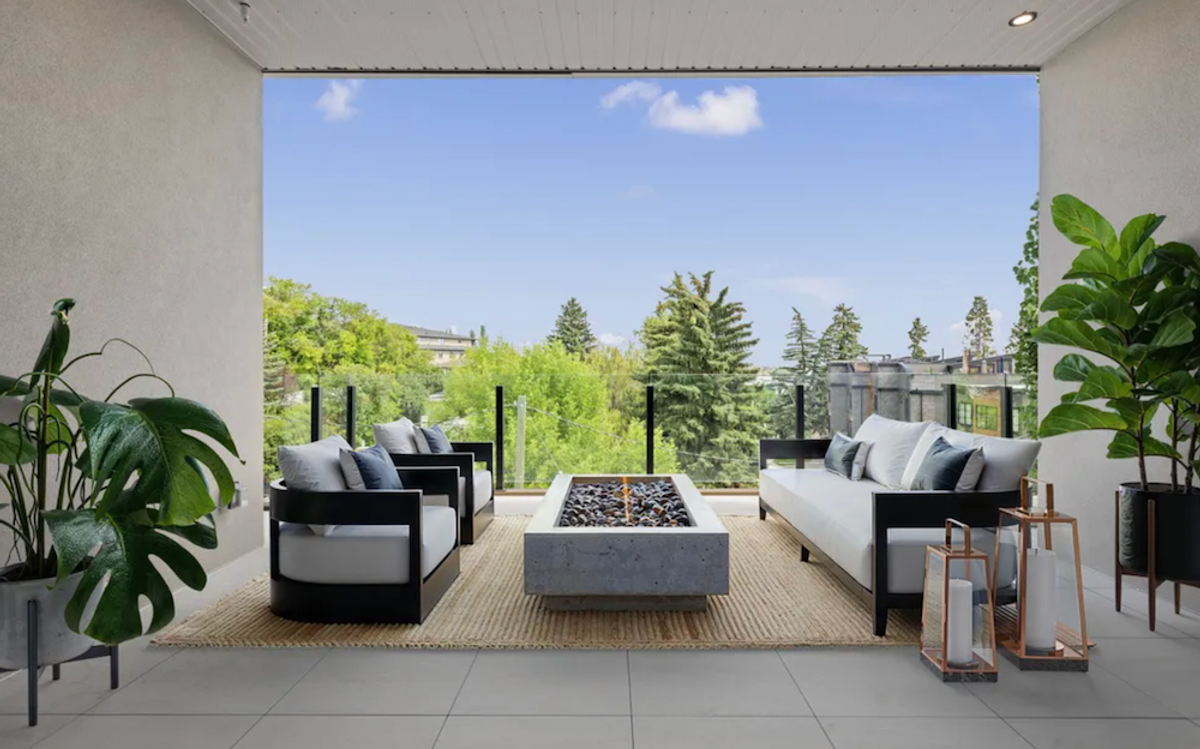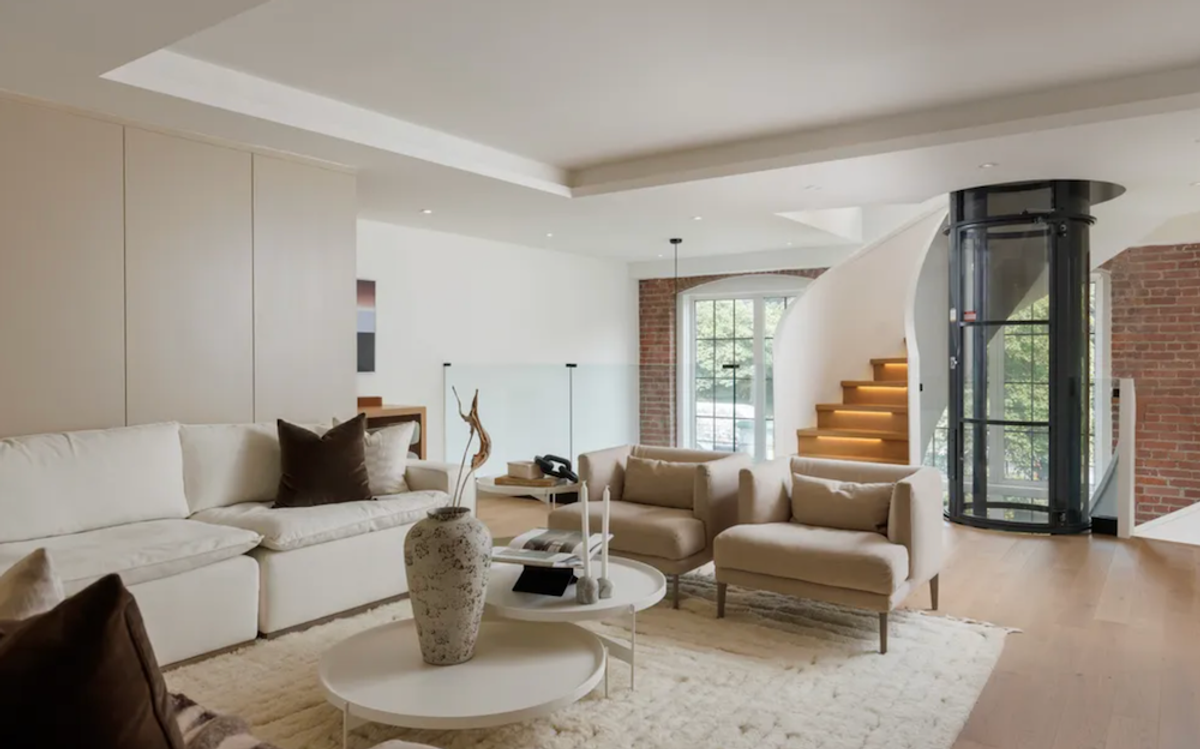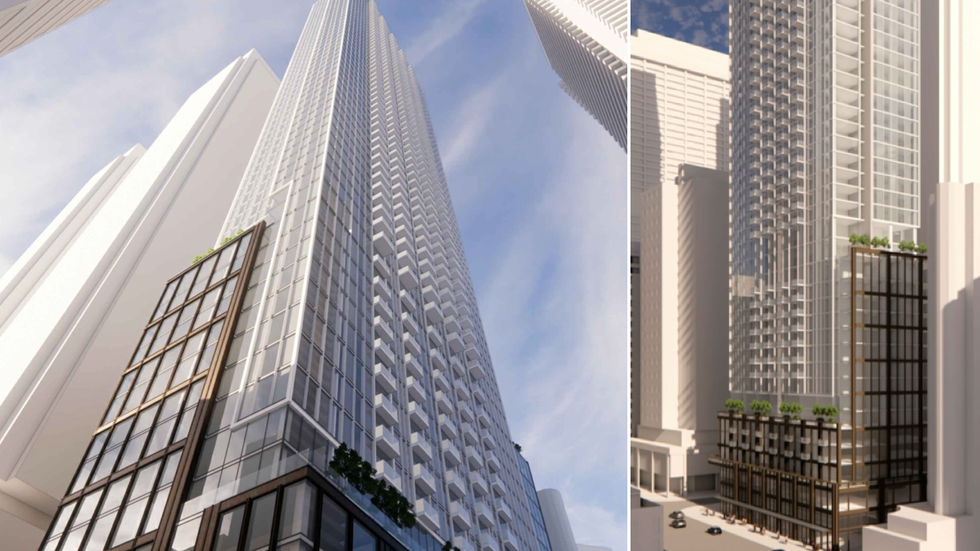This article was written and submitted by Shadi Adab, an urban designer and planner with nearly 20 years of experience working on projects across Ontario.
Urban planning and urban design are often treated as separate disciplines, with one viewed as strategic and regulatory, and the other as aesthetic and subjective. But this idea of these professions operating independently of each other is doing real damage to how we shape our communities. In Ontario, the state of this divide has been highlighted by recent legislation, most notably Bill 17: Protecting Ontario by Building Faster and Smarter Act, 2025.
The title sounds reassuring. Who wouldn’t want to build faster and smarter? However, in practice, Bill 17 continues a trend of stripping away critical layers of oversight, with the most recent being the design review, all in the name of expediency. While it aims to streamline approvals and facilitate housing delivery, it fails to safeguard the long-term quality, livability, and resilience of what gets built, and the value that those considerations bring to buildings and places.
Urban planning sets the policy direction, land-use frameworks, and infrastructure strategies that guide development. But these frameworks do not build communities on their own. It is urban design that gives these plans their human shape, translating density into livable forms, growth into walkable neighbourhoods, and housing targets into real homes with streets, parks, and public life.
You can plan for complete communities on paper. But if you fail to integrate urban design, what gets built may be technically compliant, but spatially and socially dysfunctional. Poor transitions, inactive frontages, lifeless public spaces, and disconnected blocks are not minor issues; they are design failures that affect residents’ daily experience, mental health, mobility, and sense of belonging for generations to come.
And here is the critical distinction: bad design can rarely be easily fixed. A flawed site plan, an inaccessible layout, or a sterile streetscape can persist for 50 or 60 years, long after the legislation has been superseded by the next government. Unlike policies that can be revised or repealed, poorly designed development is permanent. And when it’s done on a large scale, it sets back entire generations.
This is why Bill 17 is so alarming. The tools that Bill 17 is eliminating at an early stage of development are not bureaucratic delays; they are there to ensure that greenfield development and intensification result in livable, coherent places. Weakening them in the name of speed is not just short-sighted; it denies local government the ability to fulfil its responsibility of upholding matters of Provincial Interest under Section 2 of the Planning Act, particularly Sections 2(q) and (r), which speak directly to design.
In my nearly 20 years as an urban designer, trained in both architecture and urban planning, I’ve seen how powerful it is when design and planning work hand in hand. I’ve also seen what happens when they don’t. No matter how visionary a plan may be, if it doesn’t include design from the start, it risks becoming a series of disconnected buildings rather than a functioning community.
Design is not a luxury or an aesthetic flourish. It is the interface between policy and people. It is how a plan becomes a place. It is how public investment translates into social and economic value. And it is essential, especially now, as we embark on one of the most rapid and ambitious phases of growth in Ontario’s history.
Bill 17 reflects a political appetite for speed. But if we are serious about building communities that are inclusive, sustainable, and enduring, we need more than speed; we need design leadership. Urban planning provides the strategy. Urban design ensures we don’t regret how we delivered it.
Let’s stop treating urban design as optional. If we want to build smarter, we must also make better decisions, and that means putting design back where it belongs: at the very heart of planning and decision-making.
